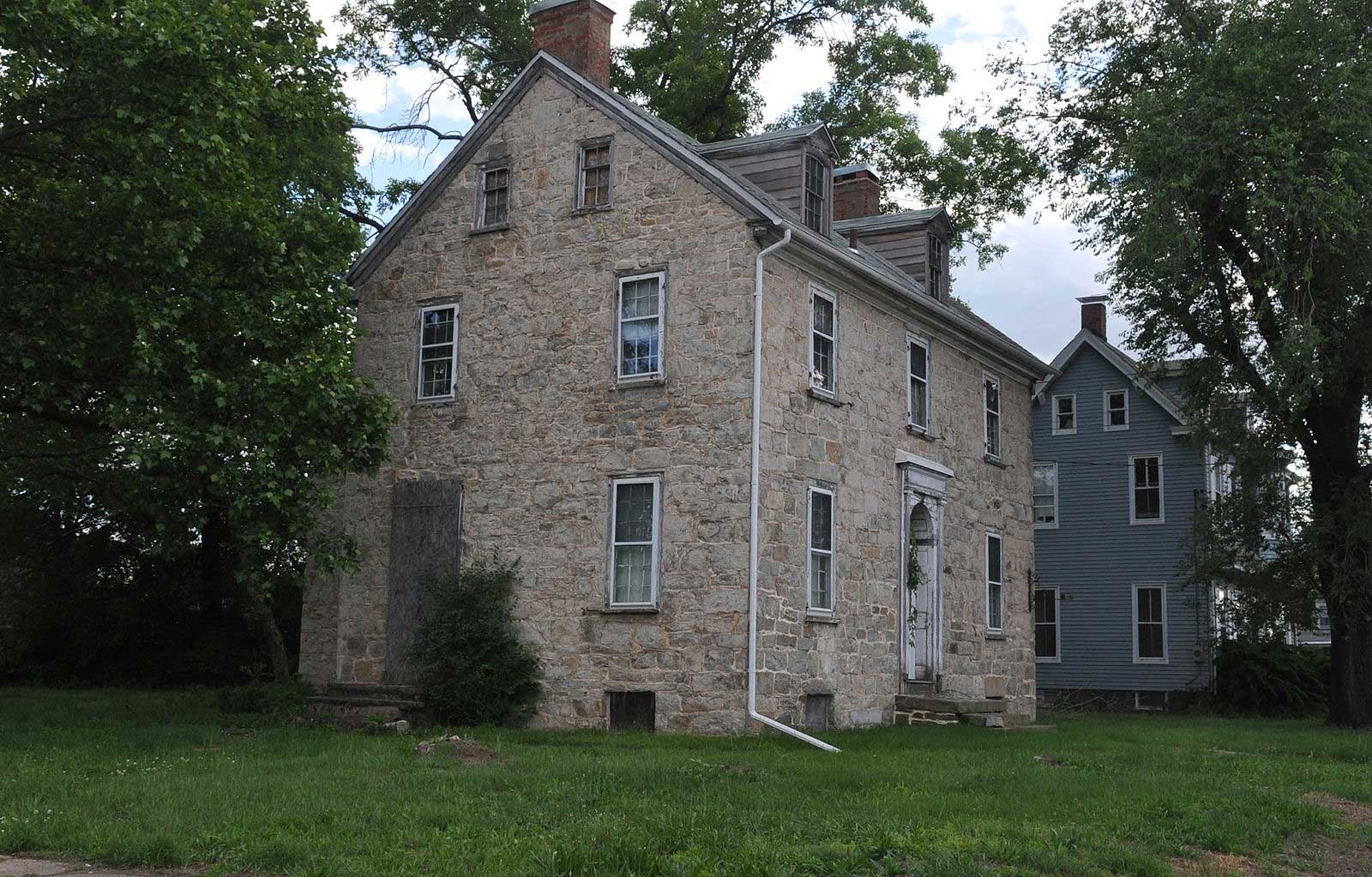
Paulsboro is a small town in South Jersey that played a pivotal role as a blockade point in the Revolutionary War. But industry built along the Delaware River has long disconnected the township from the waters that made it so famous.
The key to redeveloping the waterfront is an 18th-century home called the Samuel P. Paul House. Preservationists want to turn the home and surrounding property along the edge of the Mantua Creek, a tributary to the Delaware River, into public space.
However, the plan to build a municipal recycling center threatens the serenity of this landmark. The battle to fend off that development has earned the Paul House a spot on Preservation New Jersey’s list of most endangered places this year.
“We want to protect it from becoming a garbage site,” said Jennifer Maden, founding chair of the township’s Historic Preservation Commission. “The creek has been important for many people for many generations — it was an important waterway that is part of the culture and economy of the community.”
The news of the recycling center blindsided Paulsboro residents, who stormed a Borough Council meeting in March. The turnout was enough to force Mayor Gary Stevenson to reconsider.
“We have to go back to the drawing board,” Mayor Stevenson told NJ Advance Media. “The citizens erupted. We did a horrible job of rolling this out.”
Not much is known about the actual plans for the recycling center, Maden said. One day, a chain-link fence, cordoning off part of the proposed site, appeared without any notice to the public. “Part of why Paulsboro citizens reacted so strongly is that there was little transparency on the situation,” Maden told Jersey Digs.
The Paul Home was built along the Mantua Creek by Scottish settlers who operated a fishery there. The commission suspects that the site was also a bountiful fishing spot for the Lenni Lenape who lived there before the arrival of Europeans. Most traces of that indigenous tribe was thought to have been lost until 2012, when the site was excavated.
The township, which owns the Paul House, was supposed to convert the building into a library, but federal law requires that sites located near a waterway must first undergo an archeological investigation before construction can begin. The discovery of indigenous artifacts brought the library project to a sudden halt.
“We discovered an intact, undisturbed Native American encampment,” said Dr. Walter Quint, the local school district’s retired superintendent of schools, who was asked to spearhead the library project as a volunteer. “We had two choices, we could excavate the entire site and send the artifacts to the state library — which would have cost a quarter million dollars — or abandon the library project.”
The ensuing archeological dig unearthed 800 artifacts, including some from the prehistoric era, including a gorget necklace, according to the report by archeology firm URS Corporation. The artifacts are currently being stored in the Gill Memorial Library. The plan, however, is to someday display them at the Paul House.
“The prehistoric artifacts recovered from this site clearly represent a compact and significant archaeological activity area,” states the report, which recommends the encampment as eligible for listing on the National Register of Historic Places.
In addition to the Paul House and the Native American encampment, Fort Billingsport is the township’s best known landmark, which was the site of a strategic blockade preventing the British from reaching Philadelphia by sea. The township has three other National Register-eligible landmarks. “It’s a historic town,” Quint said. “It’s just not being celebrated.”
The site has already proven auspicious with other treasures turning up. The last person to live in the Paul House was a woman named Marina Gellenthin, who sold the home to the township before moving to Minnesota to live closer to her children. Shortly before Gellenthin passed away, archeologists found a locket among the indigenous artifacts. When returned to a Gellenthin, she tearfully confessed that it had belonged to her late grandmother.
“One day, when she was child, she borrowed it to play dress up and lost it,” Quint said. “She had that before she passed away.”


